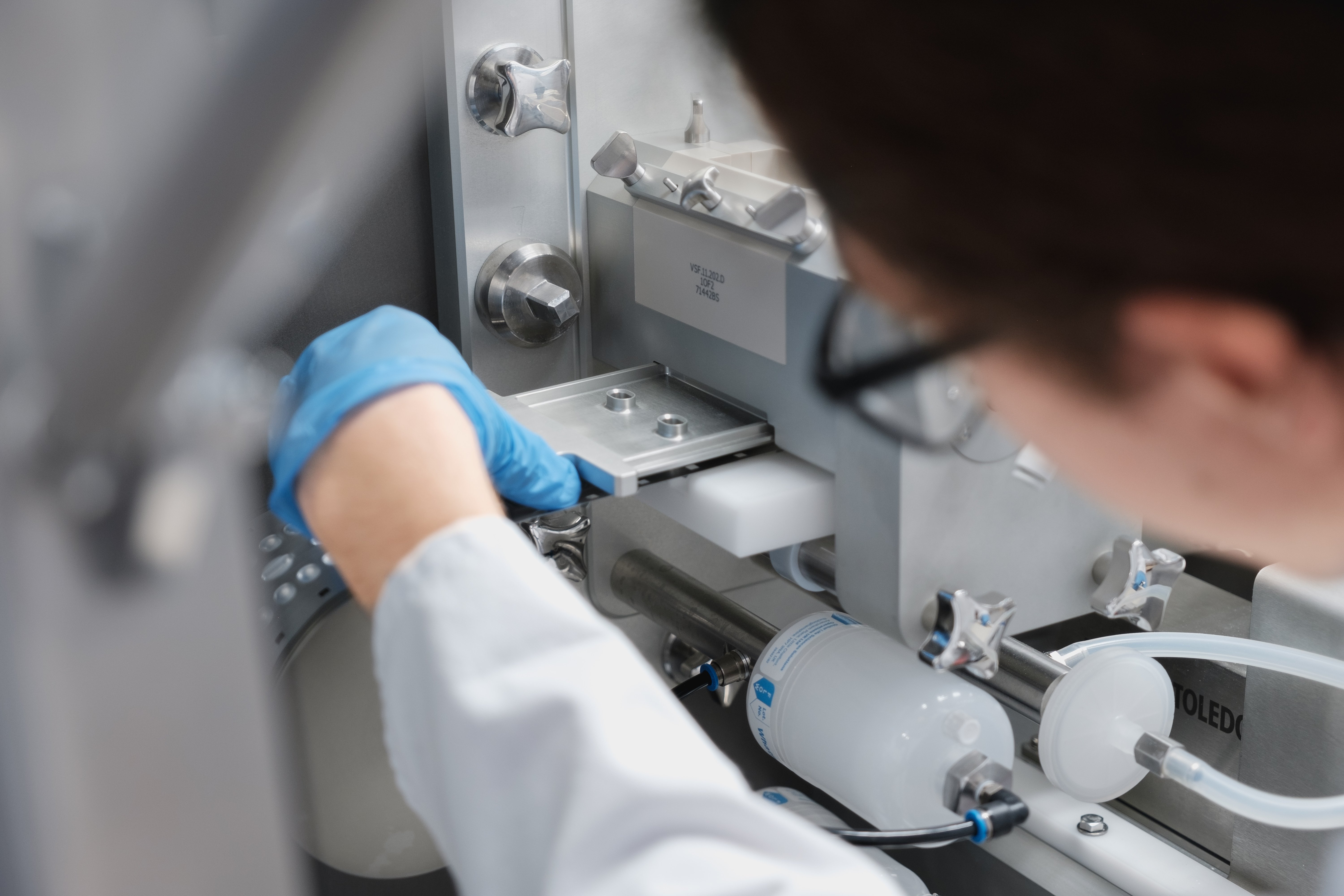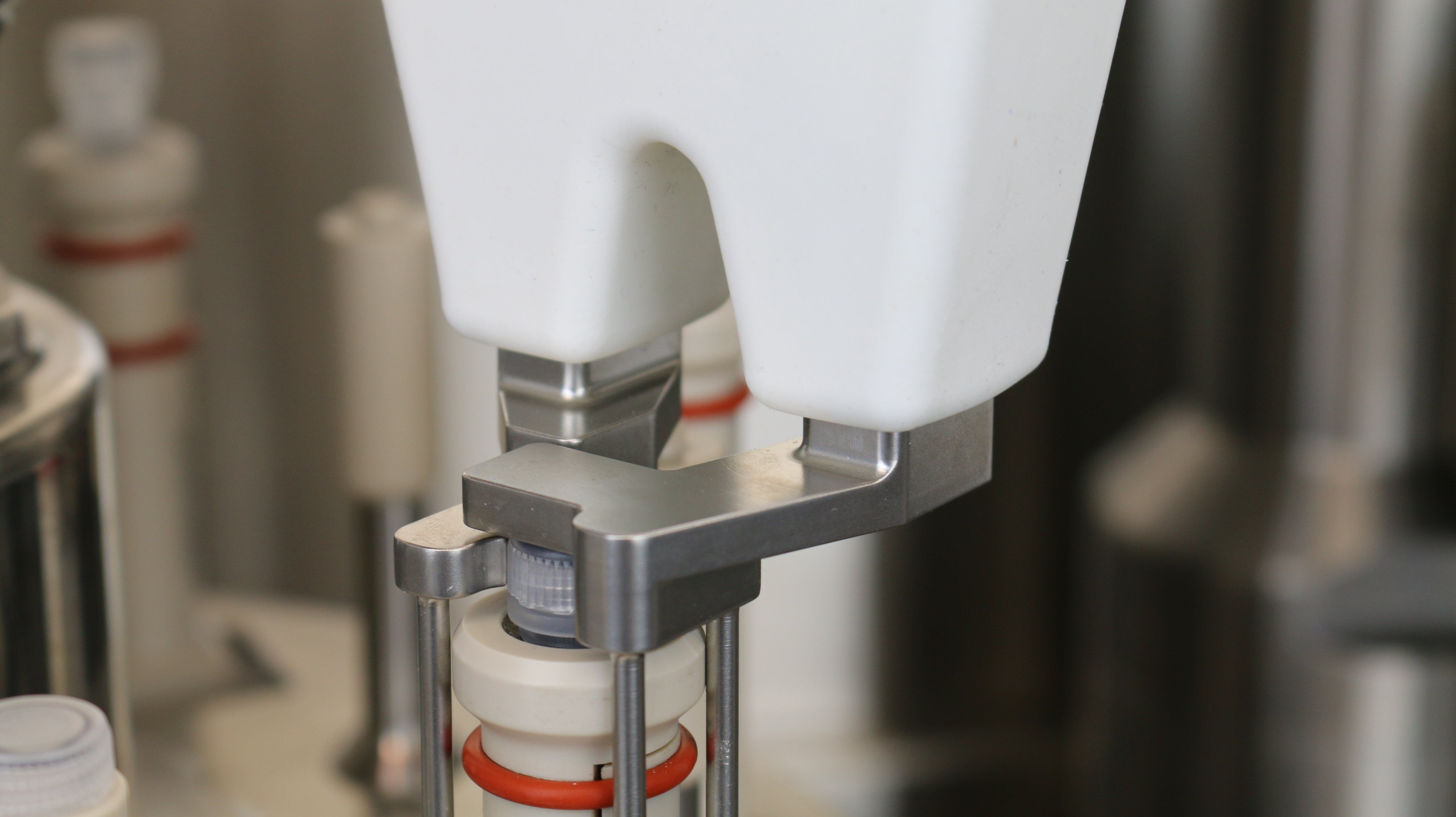Inside 3P innovation’s Latest DPI Blister Filling and Sealing Platform
In this interview, Carl Jones, Projects Director at 3P innovation, discusses the company’s latest advancements in blister filling and sealing...
3 min read
Carl Jones : 8 August 2025
In this interview, Carl Jones, Projects Director at 3P innovation, discusses the company’s latest advancements in blister filling and sealing technology for Dry Powder Inhalers (DPIs). With over 20 years of experience in engineering and project management, Carl has played a key role in driving innovation across multiple platforms, including the development of this cutting-edge DPI solution.
Can you give us a quick overview of 3P innovation’s latest project in DPI blister filling and sealing?
"Absolutely. It’s a new-generation machine designed to fill and seal blister strips with DPI formulations. What makes it especially relevant today is how it tackles some of the long-standing challenges in powder handling. The machine itself is about the same size as older systems, but under the hood, it’s a big step forward. We’ve kept the features that worked well in previous platforms but significantly improved aspects that caused headaches, things like cleaning complexity and powder flow issues. Now that the original patents have expired, we've had a real opportunity to build on that legacy without starting from scratch. It’s not about being flashy or over-engineered, we focused on building a smart, reliable machine that’s genuinely easier to use."
Blister filling can be notoriously tricky. What are some of the most common issues you're hearing from people in the industry?
"Besides operator safety, which is always a top concern, the big recurring issues are around dose accuracy and contamination. A lot of customers using systems that rely on vacuum filling report problems, especially when their formulations include magnesium stearate. One client told us they’ve spent over a year trying to get consistent runs with their current setup, and still haven’t cracked it. That’s not uncommon."
Could you expand on this - what is it about magnesium stearate that causes so many problems?
"APIs for inhalers need to get deep into the lungs, which means they’re often micronised (super fine particles). But that also makes them very cohesive, so they clump together easily. To prevent that, the API is usually blended with larger carrier particles like lactose. These carriers help separate the API and improve dose uniformity. The API binds to the carrier through Van der Waals forces. To make sure the API will detach from the carrier during inhalation, magnesium stearate is added as a lubricant. Now, here’s the problem: mag stearate is extremely fine and dusty. When you use vacuum-based systems, it creates a ton of airborne dust, which then contaminates the blister strip. That makes it really hard to get a good seal, which is a huge issue. So, any system using vacuum in the process is going to struggle when mag stearate is in the mix."
So how does your machine approach these challenges differently?
"We went straight for the root of the problem. We also borrowed a compression technique you’d usually find in tablet manufacturing, which allows us to form and deliver a precise, compact dose into the blister pocket without using a vacuum. It’s a much cleaner process. Our system delivers highly accurate fills while keeping tight control over powder flow. That alone helps reduce mess and sealing failures.
On top of that, we’ve made a significant upgrade in the dosing turret. We’ve replaced the traditional bellows, which were a nightmare to clean. Our new design simplifies maintenance and brings it in line with modern cleaning standards. These changes might seem small individually, but together they make a big difference in day-to-day operations."
You’re also working with ProSys Technology on this. Can you tell us what their role is?
"Absolutely. ProSys Technology is building the isolator that houses the critical powder filling steps. We brought them on board because they have real expertise in containment systems, and that’s essential when dealing with high-potency powders. The tricky part is, you can’t fully pressure-test the isolator in this case, because the blister strip has to exit the system. ProSys is helping us strike the right balance between effective containment and the practical realities of blister production."
And looking ahead, is this machine a one-time solution, or part of something bigger?
"This is part of a broader shift in the industry. Pharma is moving toward more specialised therapies and tighter manufacturing tolerances, especially in inhalation. DPI delivery is growing in popularity because it offers better patient compliance compared to metered-dose inhalers and doesn’t require propellants, making it more environmentally friendly.
With growing populations and worsening air pollution contributing to rising rates of respiratory disease, demand for DPI products isn’t going away. These products need highly accurate, clean delivery systems, and manufacturers are under pressure to meet ever-stricter standards. So, no, this isn’t a one-off. It’s a foundational step toward a more robust, scalable approach to DPI manufacturing. We believe this platform sets a new benchmark for the sector, and it's built to grow with the industry’s needs."
Explore 3P innovation's Compression Blister Filler

In this interview, Carl Jones, Projects Director at 3P innovation, discusses the company’s latest advancements in blister filling and sealing...

From Disruption to Reinvention: The Story of API-in-Capsule Technology and Its Future This article traces the evolution of API-in-capsule (AIC)...

The revision of EU GMP Annex 1 has redefined expectations for sterile manufacturing across the life sciences sector and nowhere is this felt more...